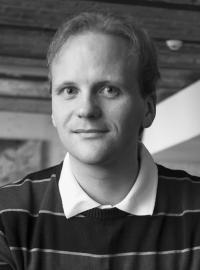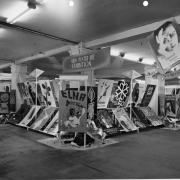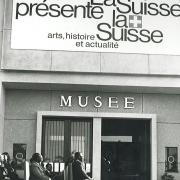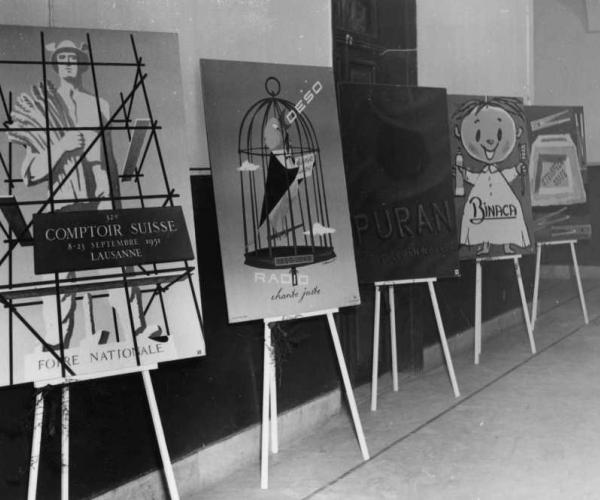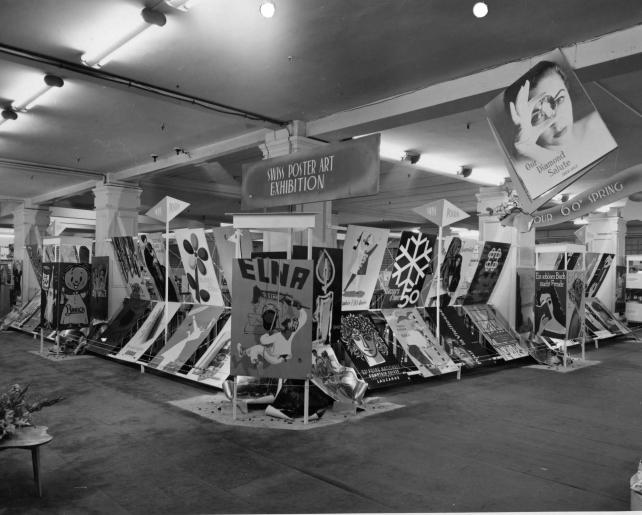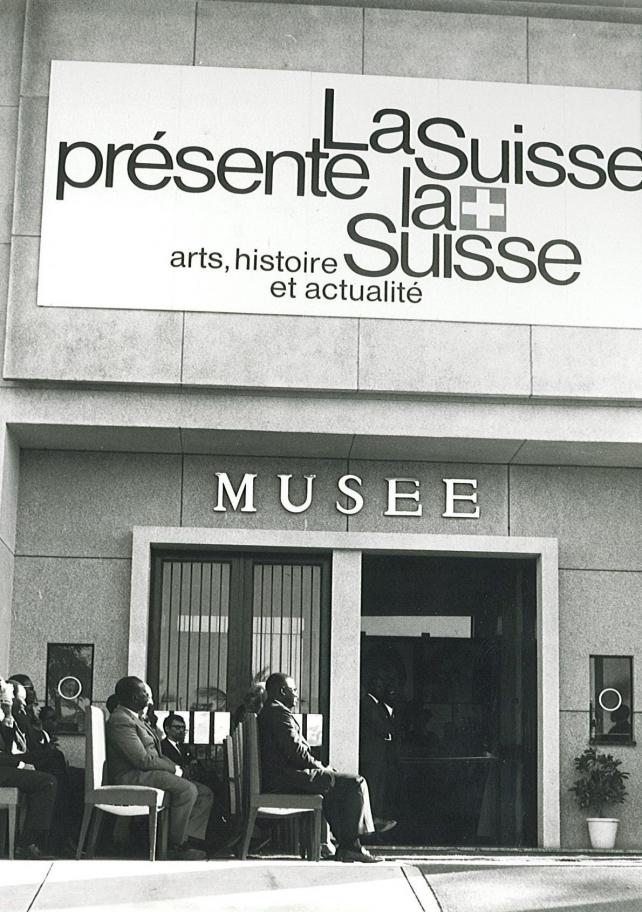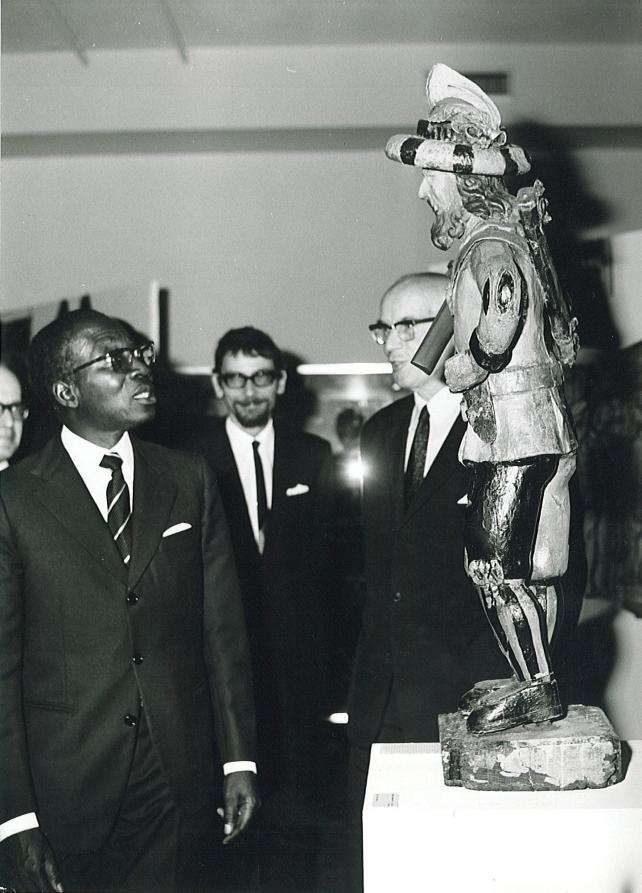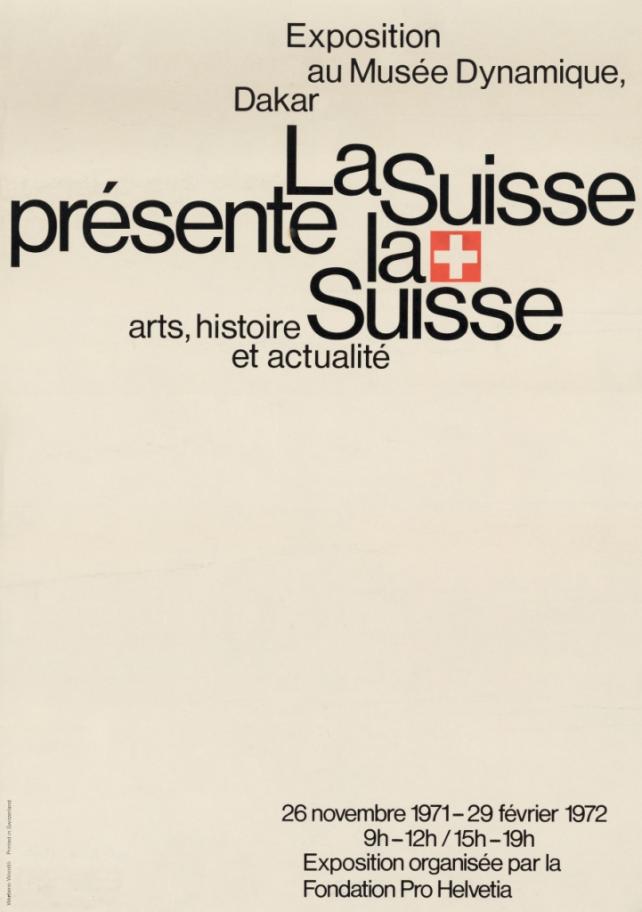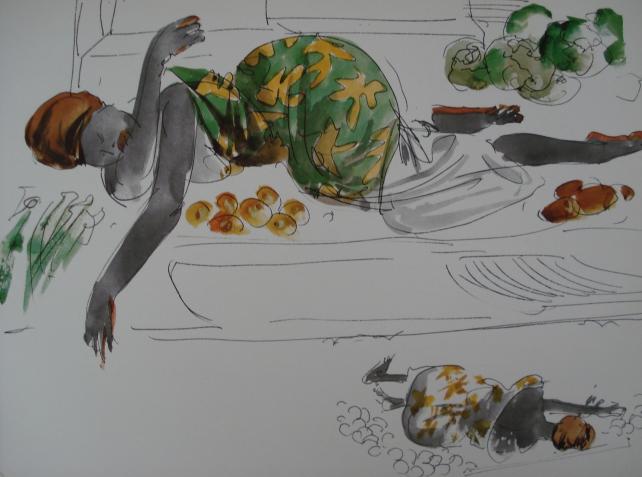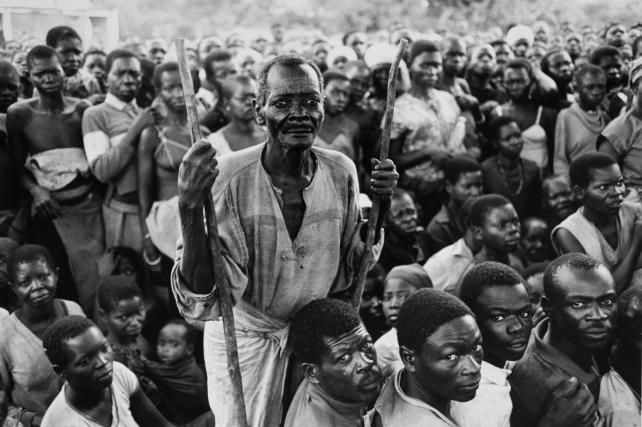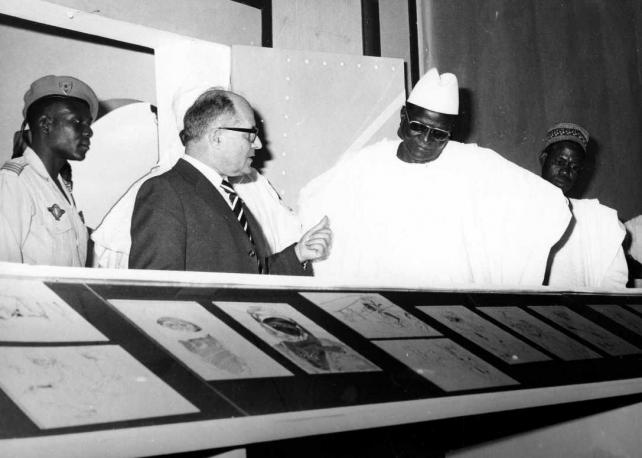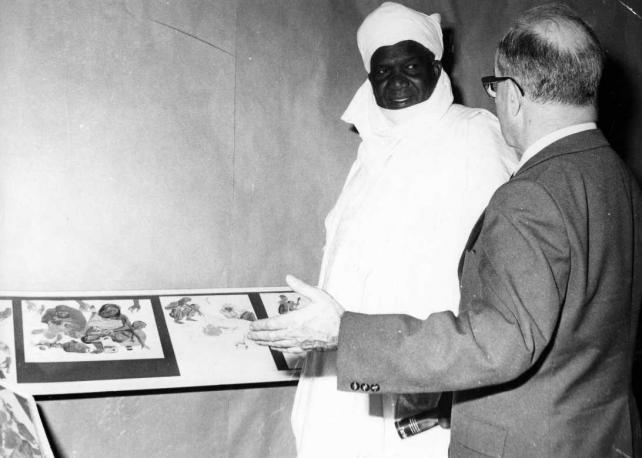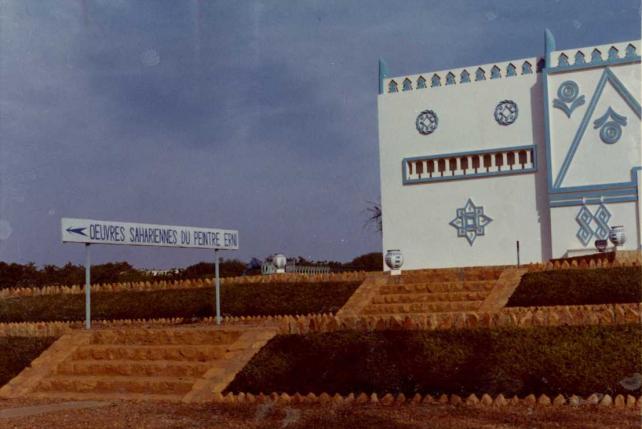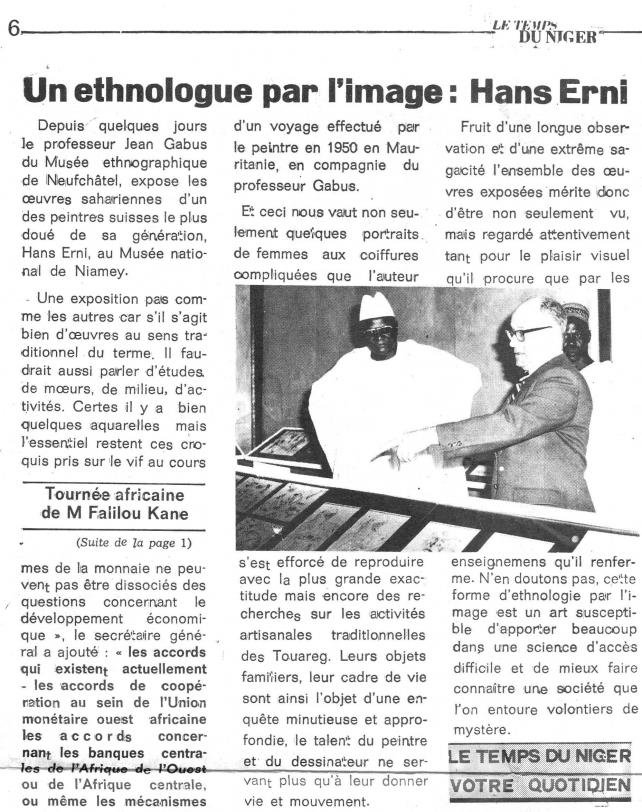Exploring the African continent
Up until the 1960s, the African continent was hardly considered in Switzerland’s foreign cultural policy, which in its initial stage rather focussed on industrialised western countries. During the post-war period Pro Helvetia only occasionally ventured into countries of another cultural sphere, mostly limiting its purvey to presenting the applied arts.
Between 1945 and 1960, the only events took place in South Africa. There were a poster art and an architecture exhibition, and a show of presentations used in schools, which later on was also exhibited in South America and several Far Eastern countries in order to strengthen Switzerland’s reputation in the field of education.
Decolonisation not only changed Africa’s political map, but also posed a challenge for institutions responsible for representing Switzerland around the world. The reconfiguration of Pro Helvetia’s cultural geography started in the beginning of the 1970s under the chairmanship of Willy Spühler, following general changes in Swiss foreign policy.
1971 the first major project in the framework of cultural relations with post-colonial Africa was launched in Dakar. The show La Suisse présente la Suisse, organised by Pro Helvetia, consisted of various exhibits presenting e.g. architecture or the history of Switzerland, aimed at conveying values useful for Senegal’s efforts at nation building. The emphasis was on topics such as the peaceful coexistence of different linguistic communities, federalism, and democratic participation, political achievements now turning into Swiss export items.
During the 1970s further exhibitions designed for African countries confirmed the focus on information policy whereas contributions in the field of the arts remained rather modest. The exception again proved to be South Africa, where in 1965 the ensemble Luzerner Festival Strings went on a concert tour, sponsored by Pro Helvetia, just as the Ensemble Vocal de Lausanne five years later. The South-African partners insisted on Pro Helvetia’s covering all costs whenever concerts were accessible to the black population.
In post-colonial Africa the Foundation limited its efforts to just a few initiatives such as e.g. the support of an exhibition of Hans Erni’s African sketches in Niamey in 1972.
It was not until the early 1980s that projects were developed, for the first time reflecting the intention to enter a dialogue and to collaborate in a manner benefiting the African countries. In 1982, Pro Helvetia organised the exhibition Le Maghreb vu par les peintres suisses, presenting Swiss Orientalist painting, which was shown in Morocco, Tunisia and Algeria. In 1988, the theatre group Federlos received a grant for their tour in Nigeria, which included native actors and thus contributed to a real cultural exchange. Continuing this policy, Pro Helvetia opened an office in Cairo in 1988, in Cape Town in 1998 – since moved to Johannesburg – , finally laying the basis for a cultural dialogue with Africa.(tk)
Archives
AFS E9510.6 1991/51, Vol. 856, 857
Pro Helvetia, procès-verbaux du groupe I

